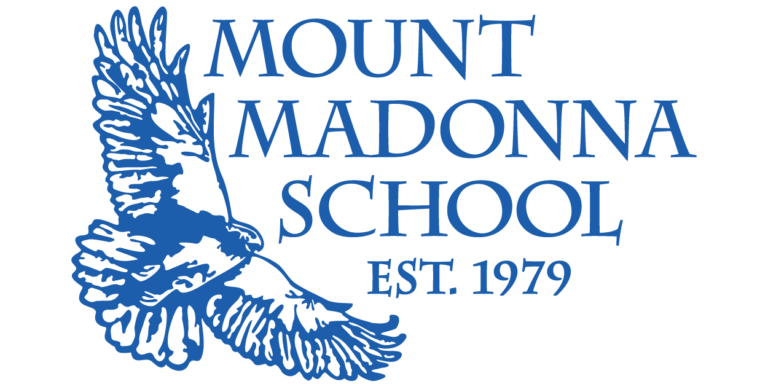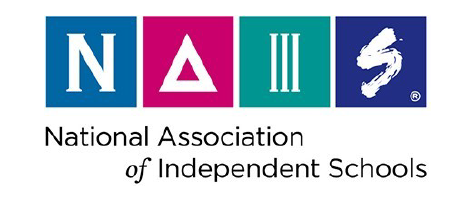This week, students in the eleventh grade Biomedical Engineering class performed a gene-editing experiment. They used cutting-edge CRISPR technology to knock out a gene, then introduce an edited version of it into a bacteria. Prior to doing the lab, students spent several weeks studying the science, technology and bioethics surrounding the CRISPR process.
CRISPR stands-for “Clustered Regularly Interspaced Palindromic Repeats.” Sections of DNA fitting this description are present in all living organisms. These sequences contain small genetic “hooks” that can catch an enzyme carrying a designer, matching sequence so that they are cut before and after real, operating genes. A guide sequence can then add a replacement to that section of DNA.
In practical terms, a DNA mutation or gene as small as a single base can be targeted and corrected, and this can be done in grown humans. Prior to CRISPR, gene editing was limited to sperm, eggs, and embryonic cells, or “germ line cells” in which modifications would affect every generation to follow. CRISPR allows editing of adults, in ways that can’t be passed along. Although it would also work in germ line cells, most scientists consider this risky, if not unethical.
This technology is being applied in multiple beneficial ways, including providing hope for patients with Sickle Cell Anemia and other inherited genetic disorders. It’s also being used actively in agriculture and in the food industry (CRISPR was discovered, in part, at a company that was producing probiotics for yogurt manufacturing).
“This technology has the potential to completely revolutionize the future, and it’s going to change the world in the lifespan of these students. We used to do much more complicated genetic engineering and DNA labs, because that is all that existed; I love sharing this lab with the kids because they can easily succeed at performing CRISPR-driven edits right here in our MMS high school science classroom,” says Lisa Catterall, Science Chair.
The students also view the documentary Human Nature and take in the process of discovery, and bioethical debates, from the scientific and philosophical academic communities as they explore genetic engineering.
“CRISPR is a very scary tool that can make or break our future depending on the character of the person wielding it. I think that it can solve a lot of problems and diseases that parents would not want their kids to have, so that the human population suffers less. But it is a double-edged sword, if it’s used for greedy or selfish reasons, for military use or vanity, it can hurt us. Human morality comes into play.”–David Monclus
The lab itself, from start to finish, takes about five hours of class time to complete, but the equipment and supplies needed are surprisingly minimal. Students at MMS gain lab skills to support sophisticated life science labs starting in ninth grade, so eleventh graders are ready to succeed.
“It was complicated, but compared to what you thought it would take, it was easy enough for us to be successful and do it well. You would think editing a gene would be so difficult, but we didn’t need PhD’s to do it.”–Victory Gulizia



